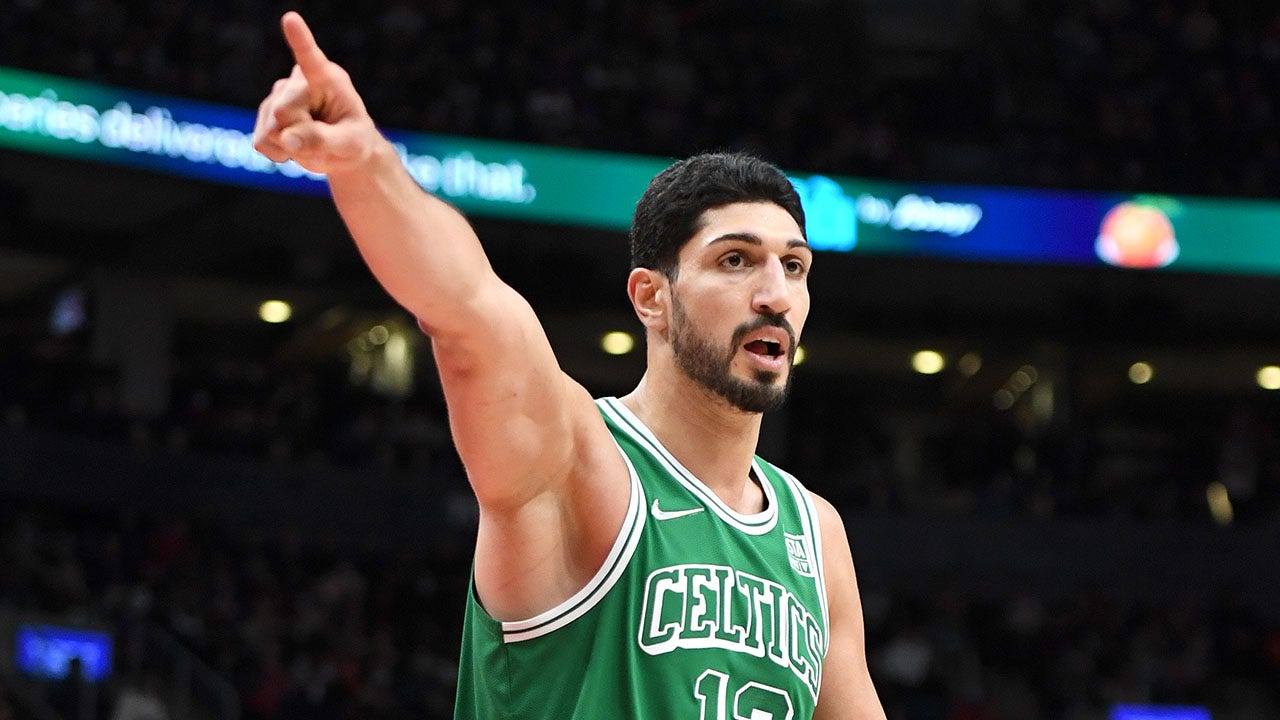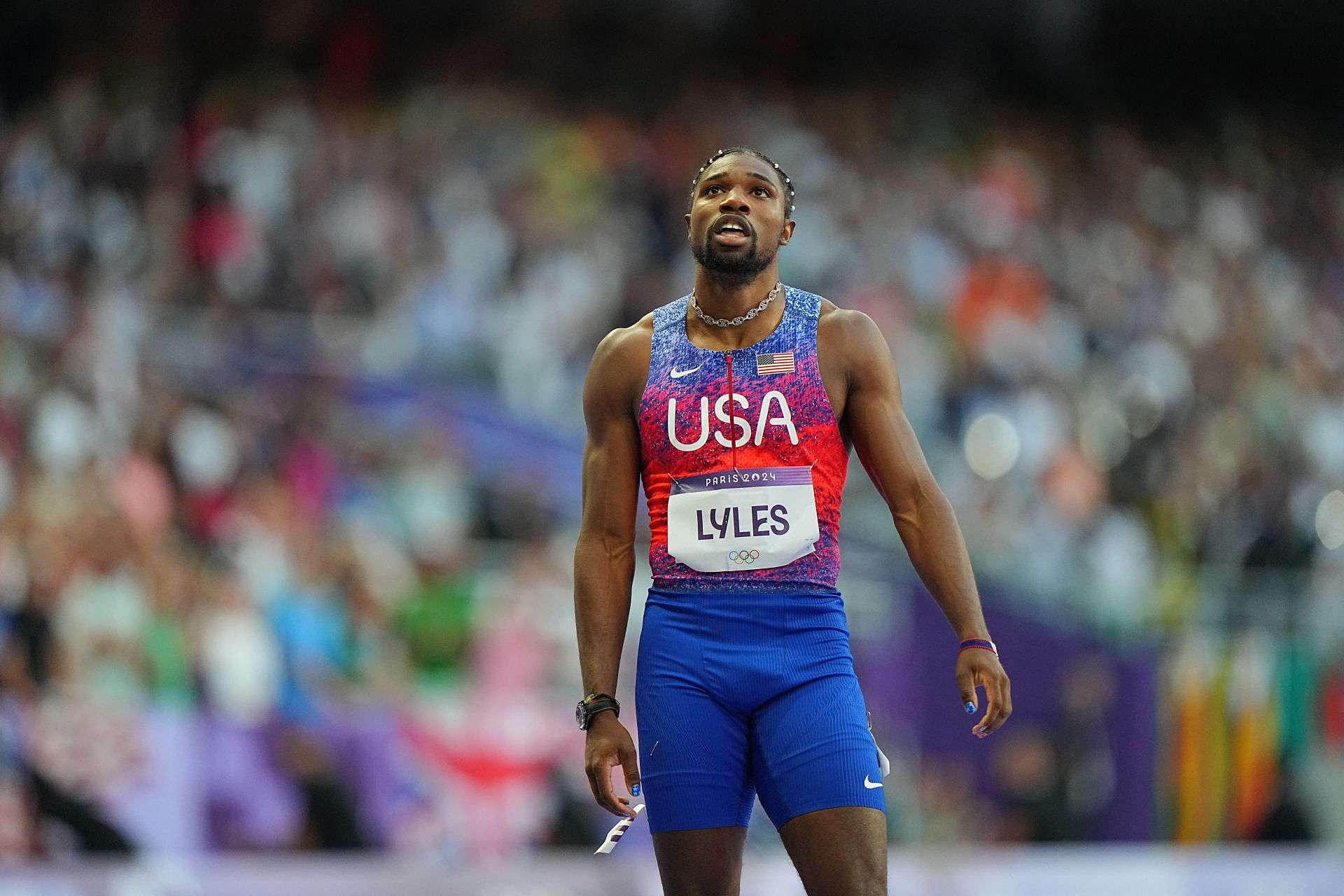Why is Team USA bad at 3×3 basketball? American men’s dismal record at 2024 Paris Olympics raises questions

What is 3×3 basketball? Team USA Olympians explain.
U.S. Olympians Canyon Barry, Dylan Travis and Kareem Maddox explain the rules and why it’s thrilling to watch.
As the home of the sport’s top professional league and a sizable majority of its most recognizable players, the United States is unquestionably a basketball country.
On the international stage, the Americans have been dominant, winning the men’s gold medal in 16 of the 19 Olympics in which they’ve competed and the women’s gold medal in nine of the past 10 Olympics. Team USA hasn’t lost an Olympic women’s basketball game since 1992.
That global dominance is so overwhelming that winning the gold medal is often met by many with a shrug back home. It has become more of an expectation than an accomplishment, whereas finishing anywhere else in the competition creates a panic and prompts a push for wholesale changes.
REQUIRED READING: Follow USA TODAY’s coverage of the 2024 Summer Olympics in Paris
Team USA’s history in three-on-three Olympic basketball is slightly less glorious.
Unlike its more traditional five-on-five counterpart, three-on-three basketball (often shortened to 3×3) has been more of a struggle for the Americans, particularly on the men’s side, since debuting during the 2020 Tokyo Olympics. While the women took home gold in Tokyo and advanced to the semifinals during the 2024 Paris Olympics, where they fell to Spain in overtime Monday, the men have been a non-factor in the sport, failing to qualify for the 2020 Games and finishing with a 2-5 record this year in Paris, making them just one of two countries not to qualify for the six-team knockout stage.
Why is it that the country where the sport was invented which has excelled at it internationally for much of its history floundering in one of its most popular offshoots?
Here’s a look at some of the obstacles that have plagued the Americans in 3×3 basketball and what, if anything, can be done to clear them:
2024 PARIS OLYMPICS: Meet the members of Team USA competing at the 2024 Paris Olympics
Why is Team USA bad at 3×3 basketball?
Though simply making it there was an improvement over where it was three years ago, the 2024 Paris Olympics were a forgettable experience for the Team USA men in 3×3 basketball.
The Americans dropped five of their seven games, capped off by a 21-6 loss to the Netherlands that ended their dreams of advancing to the knockout stage.
The performance raised some natural and understandable questions — namely: How is the United States not better at this?
Part of it can be attributed to the difference in the games. In contrast to five-on-five hoops, 3×3 basketball uses only a half court with a single basket, has a 12-second shot clock, a slightly smaller ball, smaller rosters and is generally a much shorter, faster-paced sport, with the game over after 10 minutes or one team getting to 21 points, whichever comes first.
“We only play 10 minutes, so if you look at the first quarter of 5-on-5 games, they’re very, very close,” Hailey Van Lith, a guard at TCU who was on the American women’s 3×3 team, said to ESPN. “And sometimes even the USA is down. So it’s a game of who’s hot. If our shooters aren’t hitting shots and the other team is, no matter how much better we are, we’re probably going to lose.”
While those differences are notable, there’s enough crossover between the two that the contrasts shouldn’t be too startling. After all, the 3×3 game was born from pick-up basketball, the kind that any top American player grew up playing in some form.
At least some of the Americans’ shortcomings in the men’s 3×3 game are due to rules dictating how the sport operates.
FIBA, international basketball’s governing body, mandates that each team’s four-man roster includes two players ranked within the top 10 of their country and two players either ranked within the top 50 of their country or with the minimum number of ranking points. Players achieve those rankings and earn those points based on a scoring system that takes into account how often players compete in sanctioned 3×3 events and how they fare. The Big3, the professional 3×3 league founded by rapper and actor Ice Cube — and that features former NBA players like Joe Johnson, Jeff Teague, Michael Beasley and Paul Millsap — does not fall under that FIBA-sanctioned umbrella.
For FIBA, it’s a way to level the playing field for what’s still a relatively new sport, rather than making it another outlet for American superiority.
The structure of the sport, though, makes it difficult, if not impossible, for the US to put forward its best players for the Olympics. The 3×3 tournament schedule overlaps with the NBA season, meaning it’s not as simple as plucking stars like Kyrie Irving, Jaylen Brown and Paul George who didn’t make the five-on-five American squad and tossing them into the 3×3 competition. Given FIBA’s parameters, a player effectively has to dedicate themselves to the 3×3 game or devote some of their precious downtime to pursuing a 3×3 career on the side.
“Looking at other countries, I think we all have struggled with finding athletes who are willing to commit to the sport and commit to playing … when the WNBA and professional seasons in Europe are over,” Ron Yeung, the head of domestic development at Canada Basketball, said to ESPN. “For Canada, the success of this team has put a spotlight on the sport. We are now seeing athletes saying, ‘Hey, we want to try this, can we come to camp and try out.’ We now have athletes choosing 3-on-3 as a pathway for athletes, and it’s giving them choices and also for us it’s giving us an ability to grow the sport.”
REQUIRED READING: Why is 3×3 basketball halfcourt? Rules, court dimensions, game length and more for 2024 Paris Olympics
Team USA 3×3 basketball roster
While Team USA entered the 2024 Paris Olympics second in the FIBA men’s rankings, behind only Serbia, following a second-place finish at the 2023 FIBA 3×3 World Cup, the Americans’ roster largely lacked names recognizable to many US basketball fans.
Here is a look at the four-player roster:
- Jimmer Fredette
- Canyon Barry
- Dylan Travis
- Kareem Maddox
Fredette is the standout on the roster, a former national college player of the year at BYU who played six seasons in the NBA. The three others had solid college careers, but all failed to break into the NBA. Barry, the son of Basketball Hall of Famer Rick Barry, averaged 11.4 points per game in his final season at Florida. Maddox was the leading scorer on a Princeton team that made the NCAA tournament his final season in 2011. Travis played his final two seasons at Florida Southern, a Division II program.
Together, the quartet has been formidable. They’re four of the five members of Team Miami, the top-ranked squad on the FIBA professional world tour.
Once in Paris, however, they stumbled, losing lopsided games to the Netherlands and Serbia while also falling to Poland, Lithuania and Latvia. Those woes were at least partially due to an injury Fredette, the top-ranked 3×3 player in the world, suffered in the loss to Poland that forced him to miss his team’s final five games. Olympic 3×3 rosters are capped at four players, meaning the Americans didn’t have a replacement to bring in for Fredette.
How can Team USA get better at 3×3 basketball?
For the US, there’s incentive to avoid its disastrous showing in Paris. In 2028, the Olympics will be on home soil in Los Angeles, which would make a repeat performance all the more unpalatable.
How that can be achieved remains an open question.
Fielding a better team featuring higher-profile players would require structural changes and aligning several moving parts, some of which may not be so accommodating.
NBA franchises could allow little-used players to take time off to compete in FIBA-sanctioned events, though the risk of injury, even for someone near the end of the bench, could make it a non-starter. Hope for such an approach can be found on the women’s side, as the gold-medal-winning 2020 American team featured four active WNBA players, including Kelsey Plum and Jackie Young, both of whom are on the five-on-five national team at the 2024 Paris Olympics. Despite its setback in the semifinals, the 2024 US women’s 3×3 team had two active WNBA players and one former one.
Van Lith’s inclusion on the women’s team shows it’s possible for top college players to find their way to the Olympics for 3×3 basketball, though the former Louisville and LSU guard took the initiative to compete in 25 different 3×3 events to make her Olympic dreams a possibility, a sacrifice not every player will be willing to make.
Regardless, Team USA for the 2028 Games could theoretically feature some of the best players from the men’s college level, provided the schools or the NBA teams who just drafted him are amendable to it. As Matt Norlander of CBS Sports noted, the NIL opportunities for college players participating in the Olympics for 3×3 basketball could be immense.
For the meantime, though, the US will have to sit with the disappointment of 2024 — while hoping for and working toward a solution for 2028.
Related
Enes Kanter Freedom sounds alarm on China’s ‘war’ warning: ‘Wake…
Former NBA player Enes Kanter Freedom warned the U.S. on Wednesday after China vowed to "fight till the end" against President Donald Trump’s tariffs.The Chi
The Athletic’s women’s college basketball All-America team
(Correction: An earlier version of this article included an incorrect order on our All-America teams. Paige Bueckers is a member of The Athletic’s All-America
“It was American NBA players”- Noah Lyles opens up about…
Noah Lyles opened up about receiving backlash after his comments about NBA Champions. The Olympic gold medalist revealed that the NBA players, who
NBA and NBA G League Player Ambassadors urge fans to…
American Heart Association and NBA/G League players team up to boost CPR readiness during American Heart Month













